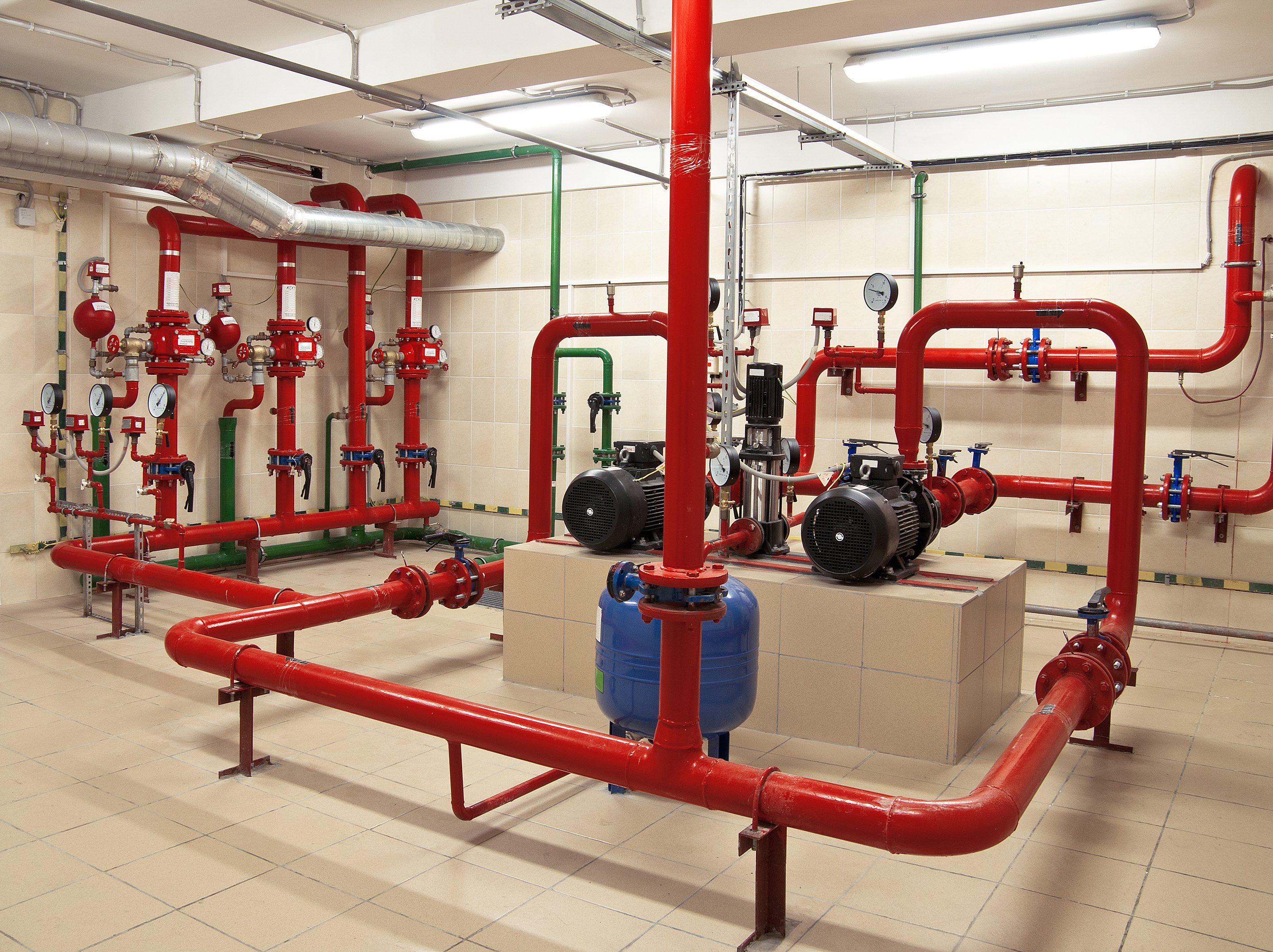Fire Sprinkler Testing in Northeastern Ohio
 Commercial plumbing isn’t just about ensuring basic accommodations, like bathrooms and break room sinks, function properly. To maintain safe facilities for their customers and employees, business owners and property managers must also conduct routine fire sprinkler system testing. Here are some of the basic facts you need to know about these critical procedures.
Commercial plumbing isn’t just about ensuring basic accommodations, like bathrooms and break room sinks, function properly. To maintain safe facilities for their customers and employees, business owners and property managers must also conduct routine fire sprinkler system testing. Here are some of the basic facts you need to know about these critical procedures.
How Do Sprinklers Save Lives?
Fire sprinklers and other fluid-enabled suppression systems are designed to activate themselves automatically upon detecting environmental conditions associated with a blaze. The most common systems incorporate heat-sensitive glass bulbs or bimetallic linkages that react to high temperatures by opening mechanical valve closures. When the bulb breaks or the link fuses, high-pressure water is released from an attached conduit.
Different kinds of sprinklers are designed for unique suppression conditions. Most are set to release water at specific temperatures, and many exhibit faster dispersal times at higher temperatures. Various sprinkler head configurations and operating characteristics can be combined to create specialty fire-fighting setups for use in diverse commercial environments, such as warehouses, storefronts or stockrooms with high rack shelving.
What Does a Fire Sprinkler Test Accomplish?
It’s important to verify the proper function of a sprinkler system prior to emergencies. Because these devices incorporate mechanical components and piping that may sit unused for relatively long periods of time, they’re potentially susceptible to degradation. For instance, sprinkler piping or valve seats may become fouled or obscured by water scale that reduces dispersal pressure. Preventative fire sprinkler system testing and inspection can catch such problems before they become life-threatening in an actual disaster.
Another important aspect of fire sprinkler system testing is verifying that the temperature-enabled trigger function works properly. Sprinklers should activate at the correct temperature, and they must do so rapidly enough to suppress conflagrations. Such operation requires not only adequate sprinkler heads, but also properly fitted supply valves, piping and other components.
Parts like brackets, fittings and hangers are also subject to assessment requirements; even though these elements don’t seem as vital as the sprinklers themselves, their failure could easily jeopardize firefighting capability. Ultimately, comprehensive fire sprinkler system testing and inspection is essential to maintaining safe commercial spaces.
What Fire Sprinkler Test Requirements Do I Need to Follow?
Commercial properties are governed by a range of national and local guidelines that specify the appropriate frequency and scope of testing. All fire system testing and inspection should be performed by officially licensed sprinkler specialists. While businesses may elect to conduct their own routine maintenance, they should only do so after receiving the proper training from approved instructors.
Always consult with an approved inspector to find out how to fulfill the requirements that apply to you.
Call us to set up your appointment today.

Call Us!!
216-831-5165